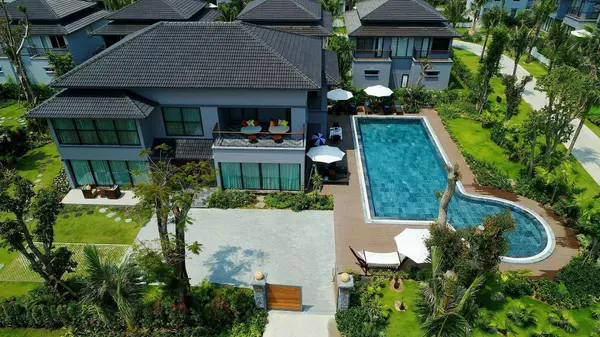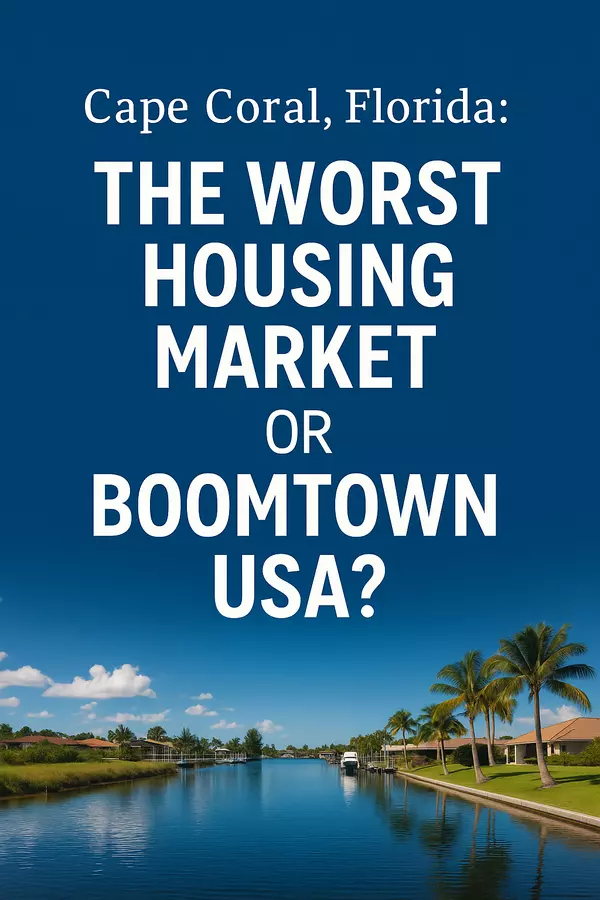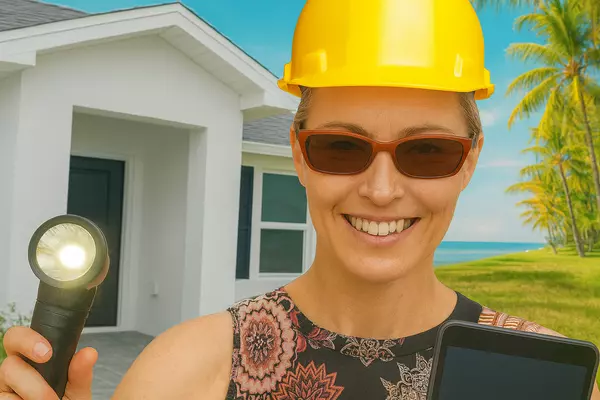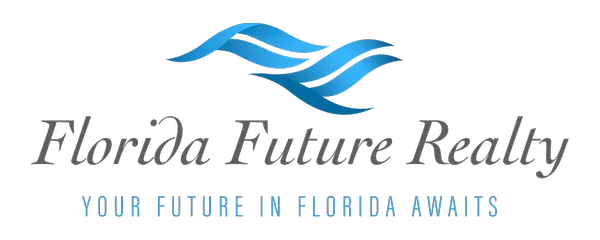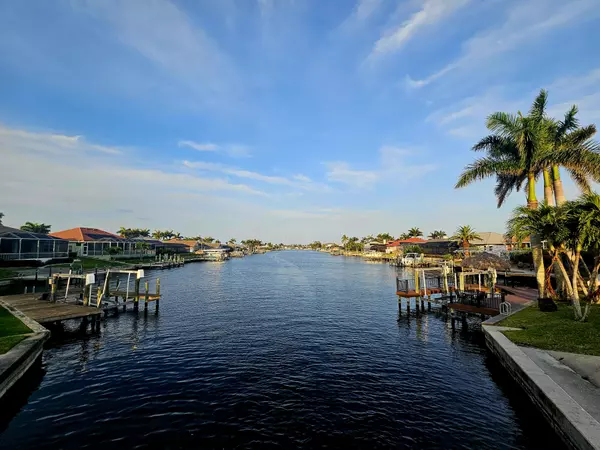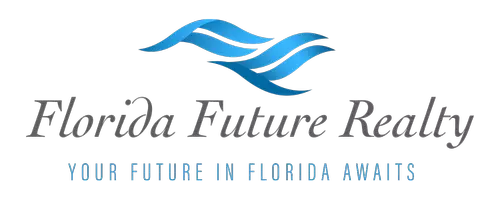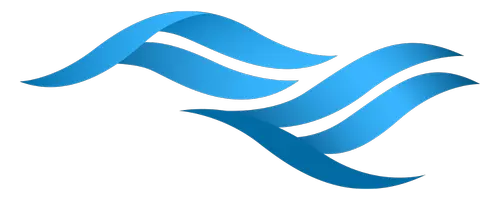Home Issues By The Decade Overview for SW Florida Homes
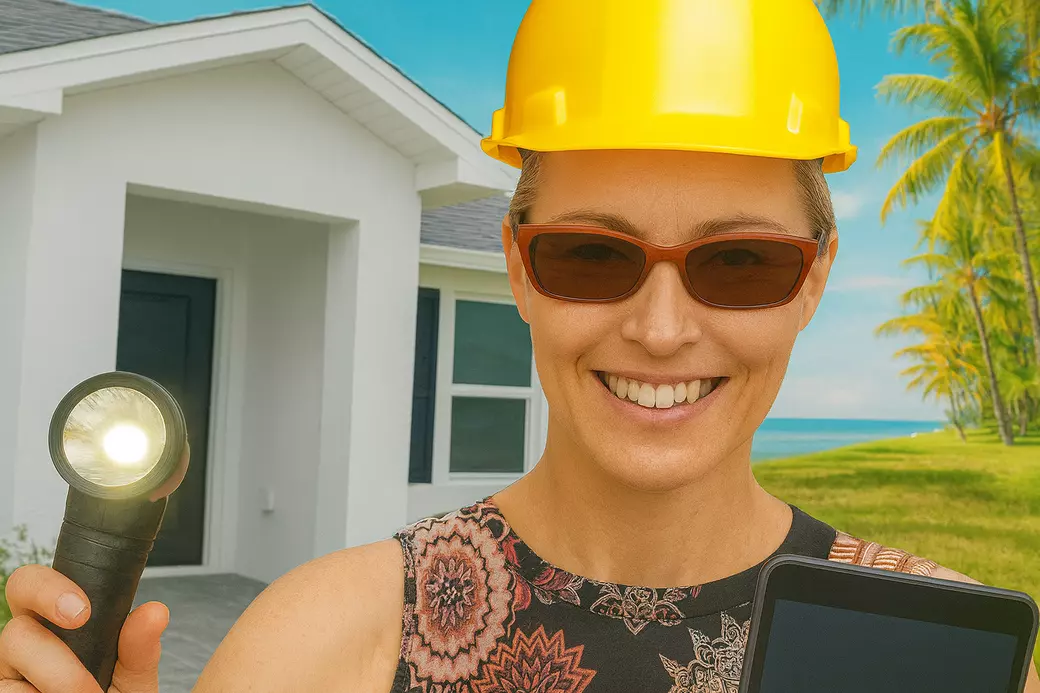
🏠 Why the Decade Matters When Buying a Home in SW Florida
The year a home was built in Southwest Florida can reveal a lot about its strengths—and potential issues. Building codes, construction materials, and insurance requirements have changed dramatically over the years. From Cape Coral to Fort Myers, Naples, and the islands, knowing what to look for by decade helps buyers avoid expensive surprises and make informed decisions.
Here’s a general decade-by-decade guide to common home issues in SW Florida. Keeping these things in mind while you shop you'll know what to look out for. Many homes have been updated and may have been replumbed, re-wired, and otherwise updated. (We're not home inspectors nor do we play one on TV however we encourage ALL buyers to have a home inspection completed on homes of ALL ages when buying.)
Pre-1978 Homes
-
Lead-based paint: Required disclosure for any home built before 1978. Lead can be hazardous if peeling or disturbed during renovations.
-
Cast-iron pipes: Common until the mid-70s; prone to corrosion in Florida’s moist, salty soil. Replacement is usually necessary. An inspector or plumber can send a camera down to check them out. There are remedies available (replacing, coating, etc)
-
Hurricane vulnerability: These homes were built before modern wind-mitigation codes. Without upgrades, they may be difficult or expensive to insure. Sometimes we joke, "Hey, this house has been here since 1960 I'm sure it'll survive any future Hurricane. But its better to be safe than sorry - and if you are obtaining insurance, those rates could be PRICEY if not updated.
1960s–1970s Homes
-
Aluminum wiring: Used in many homes mid-60s–70s. Known to overheat and create fire hazards. Your insurance compamy will NOT like this one!
-
Federal Pacific & Challenger electrical panels: Problematic panels often flagged by inspectors and insurers.
-
Older roofing standards: Roofs may not meet today’s wind-resistance requirements.
1980s–1990s Homes
-
Polybutylene plumbing: Popular in this era but highly failure-prone and no longer approved. You can usually tell if you see old gray piping.
-
Stucco cracking & water intrusion: Many homes from the 90s were built with too-thin stucco, leading to cracks and leaks.
-
Non-impact windows: Before 2002, most homes lack true impact-rated glass, raising insurance costs. You can thank Hurricane Andrew for these updated codes.
2000–2002 Homes
-
Building code transition: Before 2002, hurricane protection was not standardized statewide. Some homes from this window fall in a “gray area” for wind mitigation.
-
Outdated electrical panels: Challenger and other panels still found in some homes.
2004–2008 Homes
-
Defective (“Chinese”) drywall: Imported drywall caused corrosion of wiring, AC coils, and appliances. Strong sulfur odors were often a sign. I always stress to verify this one as the remediation guidelines changed as we learned more about this one.
-
Rapid construction shortcuts: During the housing boom, many homes were rushed—leading to inconsistent workmanship.
Post-2008 Homes
-
Stronger codes: Built under stricter hurricane and wind standards, generally the safest.
-
Still check for:
-
Roof-to-wall connectors
-
Secondary water barriers
-
HVAC age (Florida systems run year-round and wear quickly)
-
2015–Present: New Construction Homes
Southwest Florida has seen a boom in new construction again recently, and even brand-new homes can have issues:
-
Roof and façade leaks: Poor flashing and sealing during rushed builds lead to early water intrusion.
-
Foundation cracks or settlement: Improper soil compaction causes cracks within the first year. ~ oh no!
-
Window sealing defects: Inadequate caulking/flashing lets in humidity—and pests.
-
Mold in new homes: Moisture intrusion during construction or HVAC missteps can create mold problems within months.
-
Rushed workmanship: High demand and labor shortages have caused quality concerns across some builders.
Issues That Apply to All Ages in SW Florida
-
Mold & humidity damage: Florida’s climate makes homes of any age vulnerable. Your inspector can test for mold & moisture easily.
-
Termites / WDO: Subterranean and drywood termites thrive here—It's best to get a termite inspection.
-
Wind mitigation inspection: Critical for both insurance discounts and safety.
-
Condo milestone inspections: Florida now requires structural reviews for aging condos after the Surfside collapse.
✅ Final Thoughts & Buyer Tip
Every decade brings its own quirks—but understanding what to look for helps you buy smarter in SW Florida. From lead paint to new-construction mold issues, knowing the potential risks helps you budget wisely and protect your investment.
👉 Ready to find your dream home? Start your search here by filtering homes by year built—and know exactly what to expect before you buy.
As always, if you have any questions or are ready to meet with one of our experienced buyer agents give us a call, shoot us an email or text & we'll help make those SW Florida real estate dreams of yours a reality!!
239.542.8521 | Agents@FloridaFutureRealty.com
P.S. That photo you see is our Broker, Susan Milner with a little help from chatgpt to look like a home inspector - she is in fact NOT a home inspector. But she's a great broker/owner & here to help you!
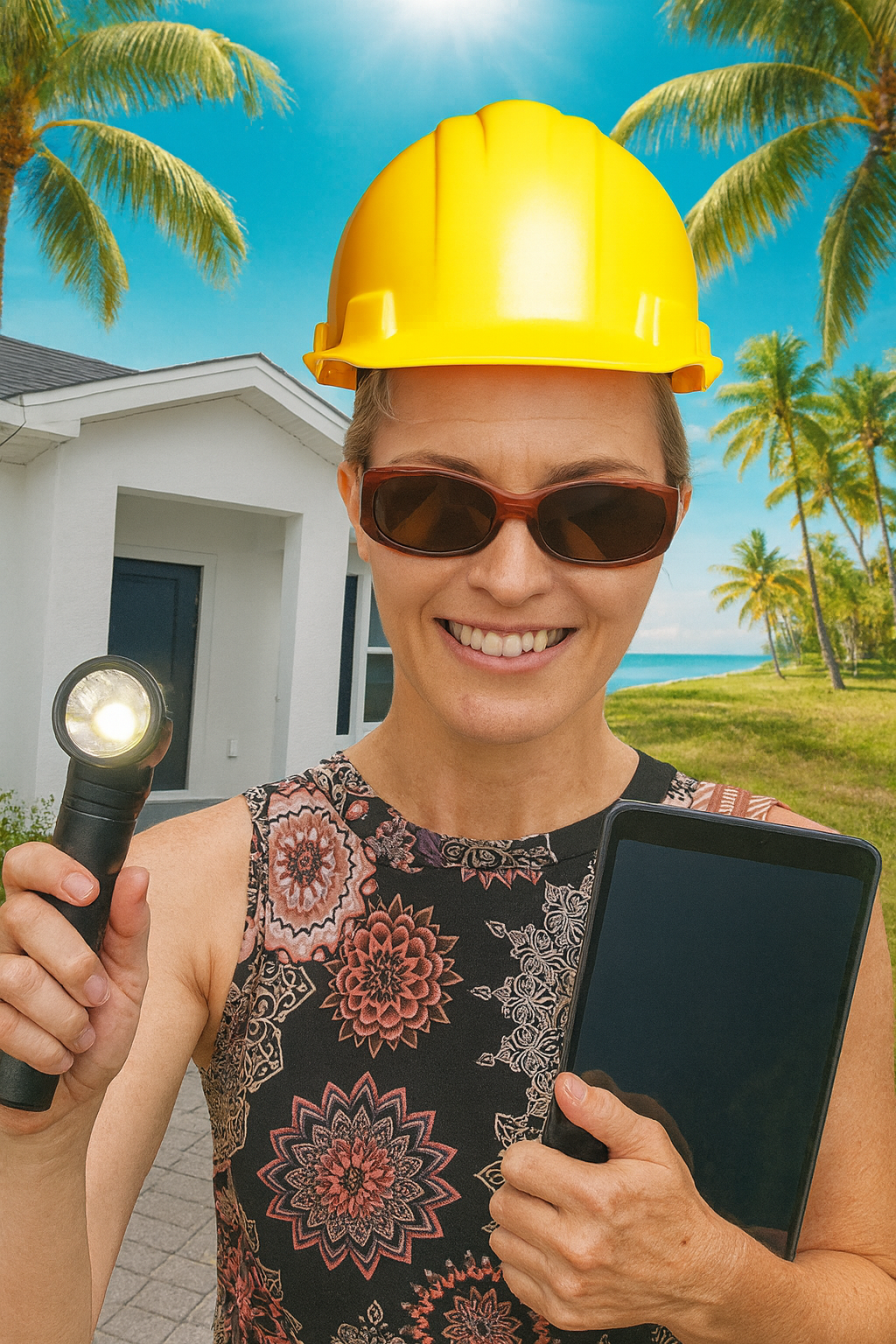
Categories
Recent Posts
